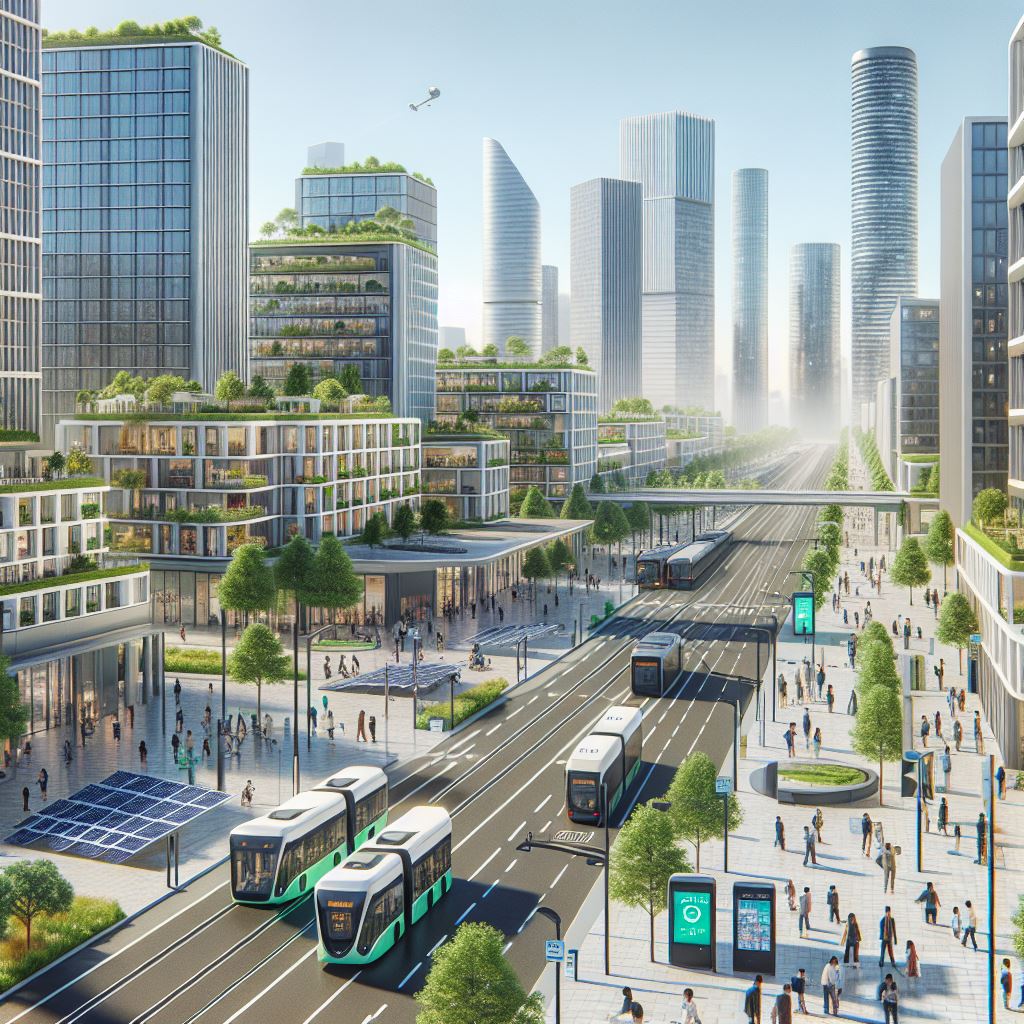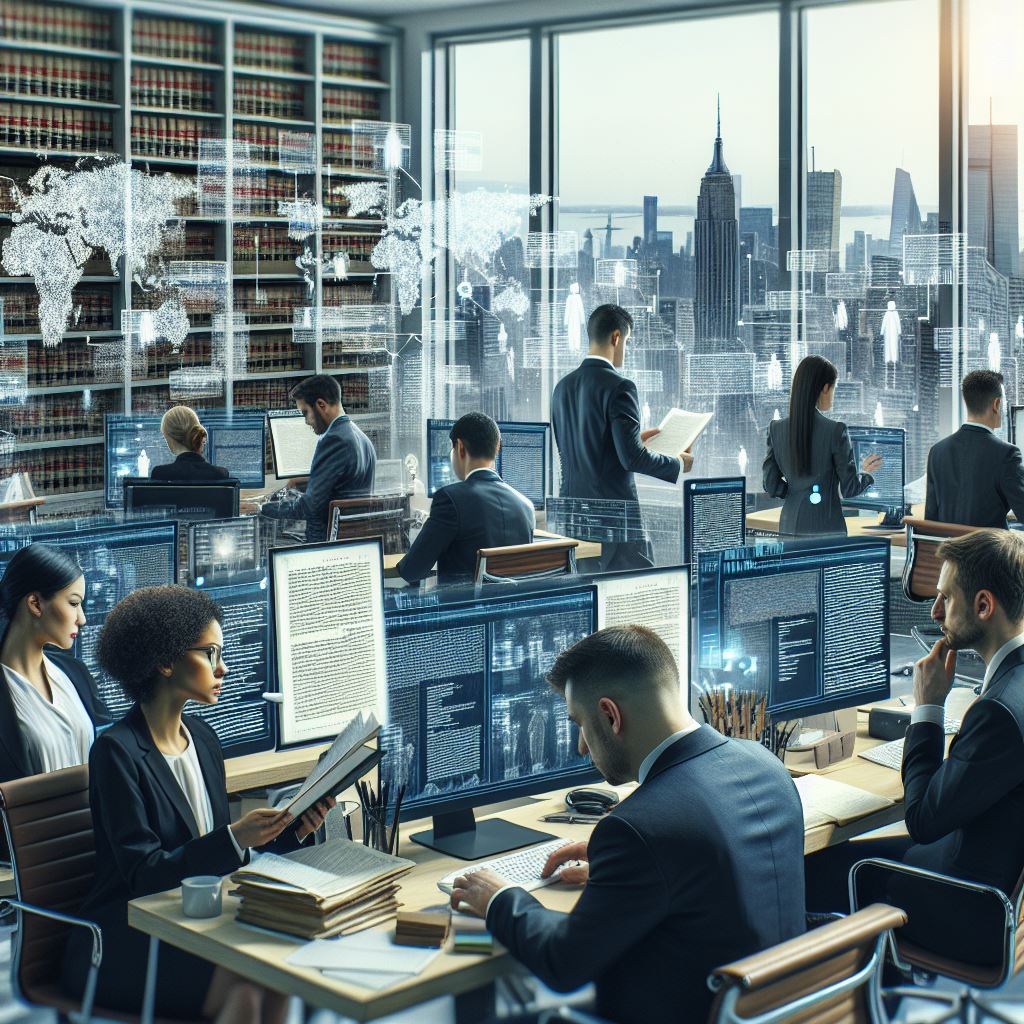Imagine stepping into a vehicle that knows your destination before you say a word, navigates through traffic with the precision of a seasoned driver, and adapts its route based on real-time conditions. This isn't science fiction - it's the transportation revolution being driven by artificial intelligence.
The Road So Far
The story of AI in transportation begins with a simple question: How can we make travel safer, more efficient, and more sustainable? Traditional transportation systems, despite their complexity, often struggle with:
- Unpredictable traffic patterns
- Safety concerns
- Environmental impact
- Resource inefficiency
- Poor user experience
The AI Solution
Like a skilled traffic controller with superhuman capabilities, AI is revolutionizing transportation through:
- Autonomous Vehicle Technology
- Traffic Management Systems
- Predictive Maintenance
- Route Optimization
- Safety Enhancement
Success in Motion
Consider the transformation of a major European city's public transit system. After implementing AI-powered route optimization:
- Passenger wait times decreased by 40%
- Fuel consumption reduced by 25%
- On-time performance improved to 95%
- Customer satisfaction increased by 60%
Technology on the Move
AI enables smarter transportation through:
- Computer Vision for Navigation
- Machine Learning for Traffic Prediction
- Natural Language Processing for User Interface
- Sensor Fusion for Safety
- Deep Learning for Decision Making
Real-World Impact
A ride-sharing company implemented AI-driven dynamic pricing and routing:
- Driver earnings increased by 20%
- Customer wait times reduced by 30%
- Vehicle utilization improved by 45%
- Carbon emissions decreased by 15%
The Road Ahead
The future of transportation promises:
- Fully autonomous vehicle networks
- Smart traffic management systems
- Zero-emission optimization
- Seamless multimodal transport
- Predictive maintenance
Key Takeaways
- AI is transforming transportation from a system of independent parts to an interconnected network
- The benefits extend from individual convenience to societal and environmental impacts
- Success requires collaboration between technology providers, regulators, and users
- Small improvements can lead to significant system-wide benefits
- The future of transportation will be autonomous, connected, and sustainable
As we navigate toward this future, remember that the goal isn't just to make transportation autonomous - it's to make it better for everyone. Whether you're commuting to work, delivering goods, or planning a journey, AI is working behind the scenes to make your trip safer, smoother, and more sustainable.
Remember: The future of transportation isn't just about getting from point A to point B - it's about reimagining how we move in an interconnected world.




